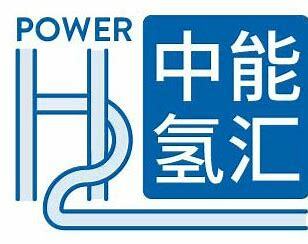While batteries for stationary storage are a key element to deploy renewable and stable electricity generation, the high costs and safety concerns of Lithium-ion batteries limit their usage.
GMT has developed several breakthrough solutions allowing the construction of a cost-effective and safe Aluminum ion battery.
A crucial innovation in this context is the use of the carbon nanotube thin films as cathode for aluminum battery produced alongside the clean hydrogen.
Implementation Concept
Battery production comprises three steps: Component production, cell manufacturing and battery assembly. The core know-how in the cell manufacturing process lies in the formation step and is crucial for production of high-quality cells.
Production of AIBs is very similar to LIB or SIBs.
AIBs can therefore be used as drop-in technologies requiring only minor changes to existing production machinery.
According to European benchmark values from
battery production, the production hall planned by GMT offers sufficient space for a production capacity capacity of 100 GWh and beyond. The final layout depends on the machineselection and value stream design.
Crucial for the production is a controlled environment.
The procured electrolyte is stored in large tanks and injected under a protective atmosphere.
As contaminations pose a threat to a functional cell, a controlled atmosphere with low humidity and a clean room are required for the cell manufacturing to achieve quality.
The most important step is the formation and part of the core know-how of the cell manufacturing. Expertise in this step is essential to produce long-lasting and high performing batteries.
GMT has developed a new generation of batteries based on aluminum-ion technology. These batteries can offer advantages in terms of energy density, durability and recyclability.













